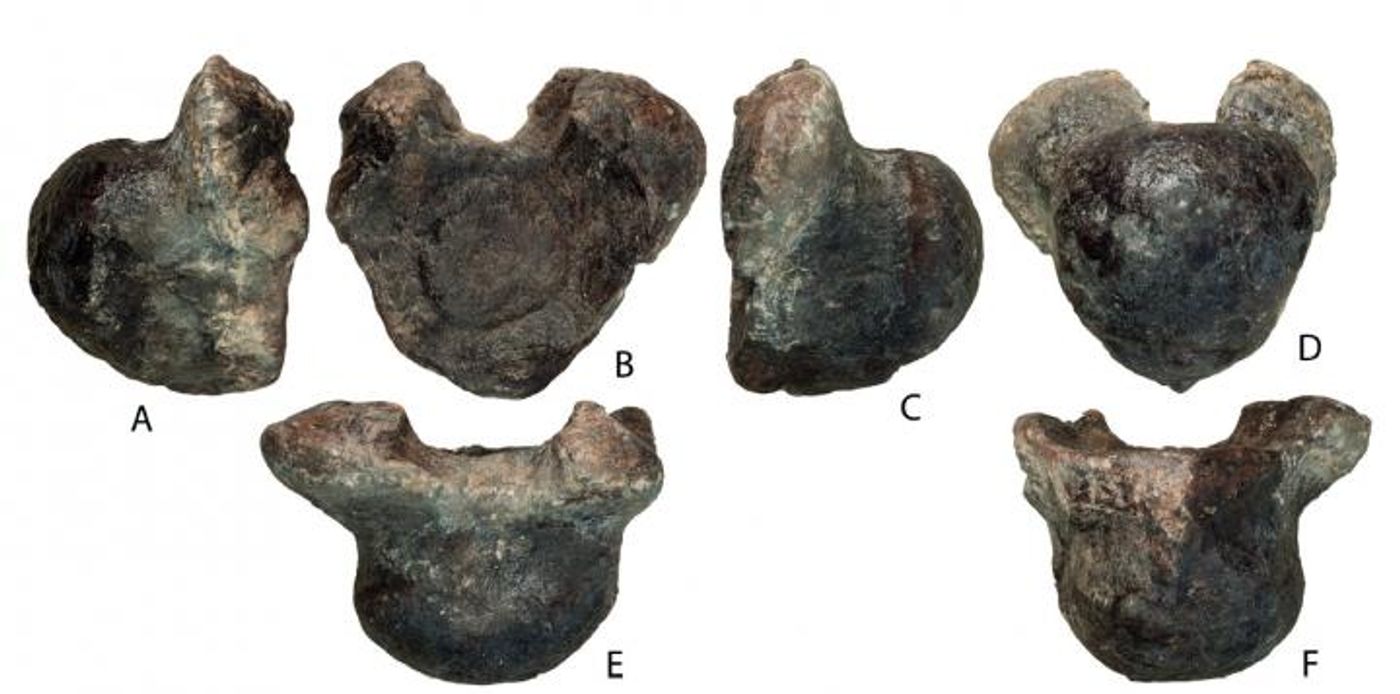Russian Scientists Describe a Newly-Discovered Sauropod
With as much excavating as paleontologists do, it’s no surprise that they’re always happening upon new fossilized discoveries that tell untold stories about the life forms that inhabited planet Earth before people.
Image Credit: Alexander Averianov and Vladimir Efimov
One of the latest of such comes by way of a team of Russian paleontologists that uncovered at least seven fossilized vertebrae near the banks of the Volga River. The findings were published this week in the journal Biological Communications.
Related: If you thought T. Rex was significant, then this is something you have to see
As it would seem, the fossilized bones belonged to a previously unknown type of sauropod. Sauropods were gigantic herbivorous dinosaurs that lived between 200 and 65 million years ago. Furthermore, they were distinguishable from other dinosaurs by their unique traits, such as long necks and tails.
"Previously, it was believed that the evolution of titanosaurs took place mainly in South America, with some taxa moving into North America, Europe, and Asia only in the Late Cretaceous," explained Aleksandr Averianov, a professor at the University of St. Petersburg and the lead author of the paper.
"In Asia, representatives of a broader group of titanosauriform, such as the recently described Siberian titanium, dominated in the early Cretaceous. However, the recent description of the Tengrisaurus from the Early Cretaceous of Transbaikal Region and the finding of the Volgatitan indicate that titanosaurs in the Early Cretaceous were distributed much more widely; and, perhaps, important stages of their evolution took place in Eastern Europe and Asia."
Related: Researchers say this is the 'mother of all lizards'
The newly-discovered dinosaur was no different; with its massive stature, it likely weighed approximately 17 tons and fit the description of a titanosaur. The paleontologists responsible for the discovery named the new species Volgatitan simbirskiensis, apparently inspired by the location where it had been unearthed.
After carefully analyzing the neural arches in the bones – regions that protect the creature’s nerves and blood vessels – the researchers discerned that the newly-unearthed dinosaur was most likely an adult.
Given that a few old and dusty vertebrae are all we have to go by at the moment, there isn’t much else to say about Volgatitan simbirskiensis. With a little luck, however, perhaps paleontologists will find other fossils just like it, helping them to connect the dots and describe the new species in more detail.
Source: Phys.org, Biological Communications









